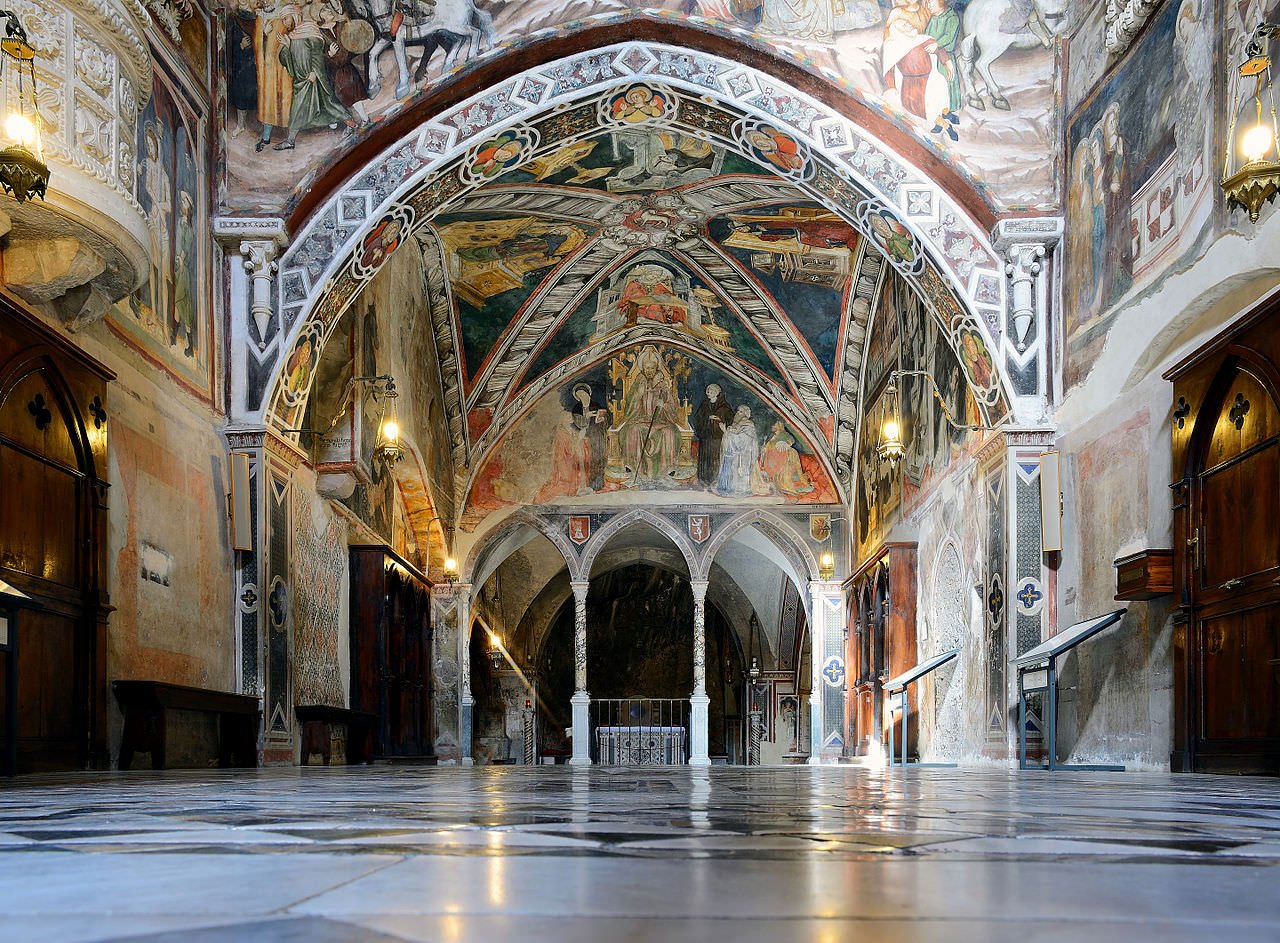Trade began slowly to revive during the eleventh century. A bad harvest year left medieval farmers helpless, and it seemed natural to bring surpluses into areas of famine and sell them at high prices to the hungry. The first new commercial centers arose in places such as Venice and the Low Countries. Even in the earlier Middle Ages such trade had never disappeared altogether, but now the incentives to increase its scale were pressing.
When the owner of a manor found that year after year he could make large sums by selling a certain crop, he began to plant more and more of that crop and used the money gained by its sale to buy the things he was no longer raising. Thus, for example, the people of Flanders, living in an area that was poor for growing grain but good for raising sheep, sold their raw wool, developed a woolen-manufacturing industry, and imported the food they needed.
The recovery of commerce and the beginnings of industries stimulated the growth of towns. Old Roman towns like London and Marseilles revived. Often, a new town grew around a castle (bourg in France, burgh in England, burg in Germany), especially if it was strategically located for trade as well as for defense. And so the resident bourgeois, burgesses, or burghers enter the language as castle-dwellers, but soon become recognizable as residents of towns, engaged in commerce.
The townspeople banded together into guilds to protect themselves from brigands on the roads and to bargain with the lord of the next castle. Grouped in a guild, merchants could often win concessions; if the lord they were bargaining with seemed unreasonable, they might threaten to take a route across the lands of some less greedy lord and receive a more moderate toll.
Mutual advantage soon led landowners, including kings, to grant privileges to the townspeople by issuing a charter. Although the contents of such documents vary, most of them guaranteed free status to the townspeople. The charter might also grant the townspeople the right to hold a perpetual market, to transfer property within the town walls, and to have their lawsuits tried in a town court. Slowly there began to develop a body of commercial law for merchants and their merchandise.
Industry followed commerce into the town. The merchant, with experience of distant markets, learned how to buy raw material, how to have workers do the manufacturing wherever it was cheapest, and how to sell the finished products wherever the best price might be found. Soon the workers also began to organize into craft guilds, which provided medical care and burial for members and often fixed minimum wages, the standards of quality of a product, and even the prices to be asked.
Enterprise was neither free nor private. It was highly regulated, which not only reduced outside competition but also reflected the ideas of the age. People believed that a “just price” for a pair of shoes included the cost of the leather and the thread, the amount needed to sustain the shoemaker and family while making the shoes, and a bit more to pay the seller for time and trouble. Finance capitalism—the use of money to make money, the investment of funds at interest—was traditionally condemned as usury.

